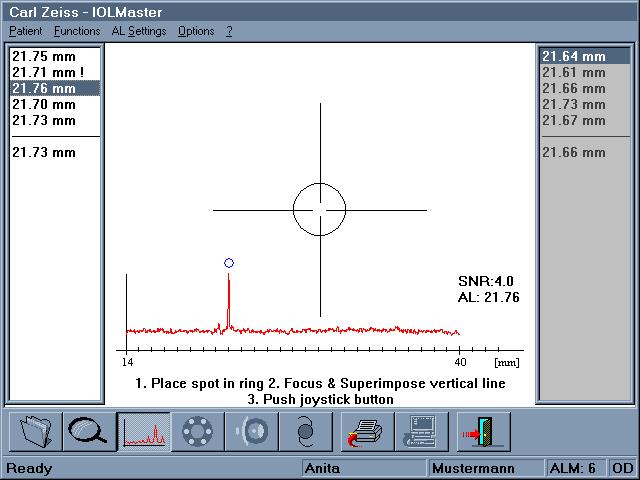
Fig.1: 'Unreliable value' in a series of axial length measurements due to SNR < 2
Upon measuring axial lengths of dense cataract eyes, it may happen that – dependent on the degree of lens opacification – the measurement results are annotated by 'Unreliable value' (cf. Fig.1) This remark is given as a precaution in cases with signal-to-noise-ratios (SNR) of only 1.6 to 1.9, which may occur if the contribution of retinal light to the interference signal is rather low due to a densely opacified lens.
'Unreliable value' does not necessarily mean that the measurement was wrong and must therefore be discarded !
On the contrary, all acquired axial length results of the respective eye should be checked carefully for plausibility and consistency. For this purpose, the criteria to assess the quality of axial length measurements as used in ultrasound biometry should be applied, which are fully valid in optical biometry, too. If it follows from this check that measurement results characterized as 'Unreliable values' (denoted in the table by '!' behind the numerical value) are in agreement with the other results obtained, then even these 'Unreliable values' have to be considered as correct and hence valid axial lengths (cf. Fig.2) !
In such cases, it is recommended to measure the fellow eye, too; the results of which should then also be taken into account for plausibility checks.
---------------------------------------------
(Carl Zeiss Jena GmbH, Sep.27,
2000)

Fig.1: 'Unreliable value' in a
series of axial length measurements due to SNR < 2

Fig.2: 'Unreliable value' identified
as valid by comparison with other results from the series